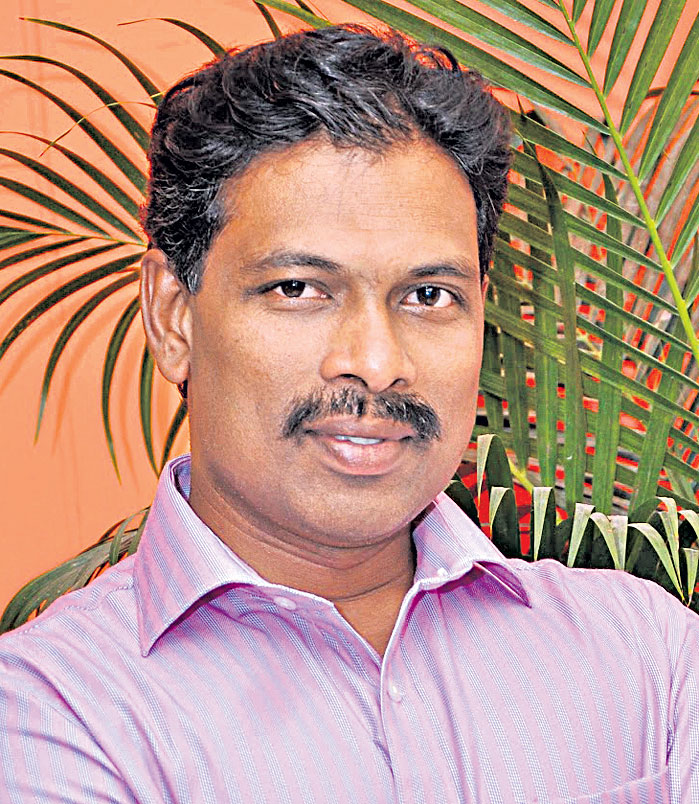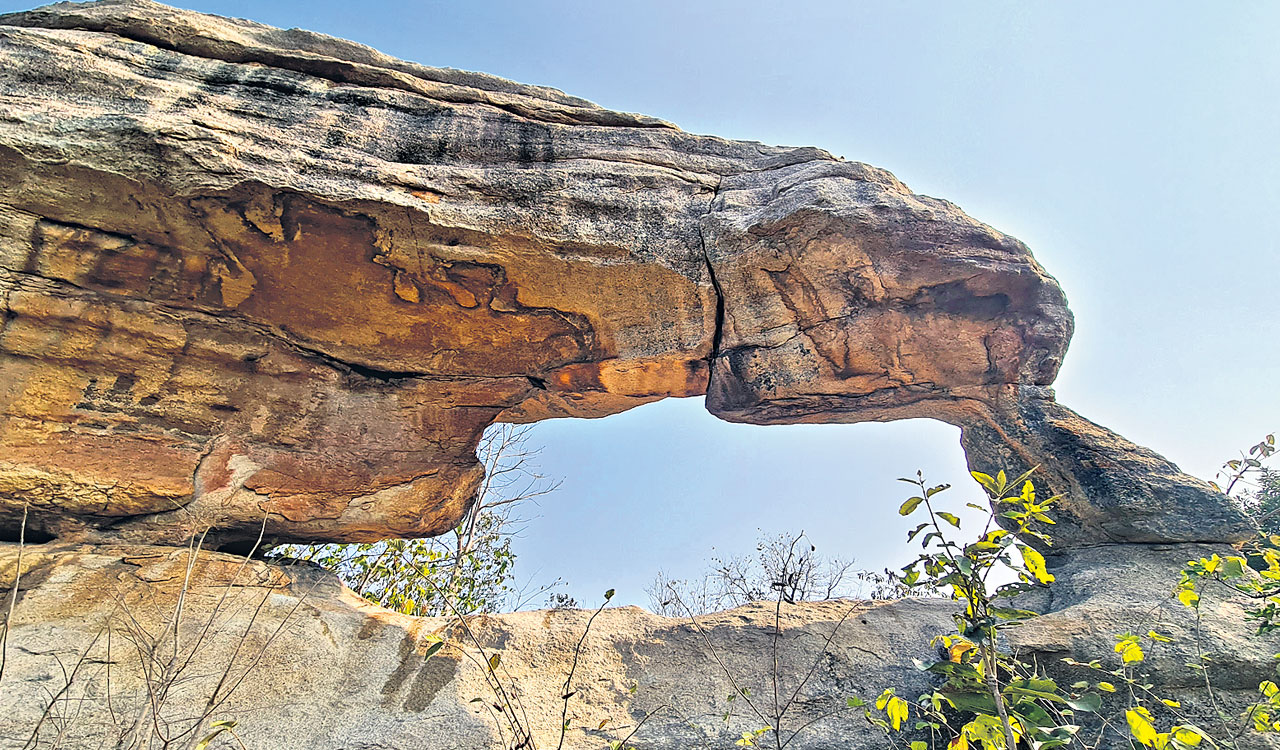Situated in the Deccan Plateau, Telangana has become a gateway to both the cultures of north and south and is a melting pot for all Indians
Published Date – 07:00 AM, Wed – 18 October 23

Pandavula gutta.
By Dr Mamidi Harikrishna
India is a land of antiquity with varied traditions, practices, rituals and beliefs where diversified cultures, languages and lifestyles live together with harmony. India stands apart from other countries due to its ancient civilization, medieval legacy and modern development. This is the unique feature of India, we can see the miniature of that so-called Indianness in Telangana! Telangana is the quintessential epitome of India in every aspect.
Telangana as a State in Indian union has a recent past of 10 years as the 29th State and the youngest one but has a grand history, glorious heritage, culture, gigantic future. Telangana is situated in the Deccan Plateau and is geographically located where northern and southern India may be together. As such it has become a gateway to both the cultures and is a melting pot for all Indians.
Though the Telangana region as a new State may have emerged recently, it has its own share in the annals of history. There are many tales to tell, many stories to narrate to the world. The soil has many layers to unravel. There are so many lesser known facts about Telangana which are incredible in nature and awesome in scope.
Here are few of the untold stories, which try to establish the vividity, vivacity, variety and the magnanimity of Telangana and its glory. These untold stories are the eye openers to the people which can rewrite, redefine, restructure, the myths and the history we knew so far, they can make us look at things in a new perspective. These stories add more flavor to the history of India in general and the story of Telangana in special.
Pandavula Gutta
It is common connotation of historians that the existence of the primitive man on Indian soil can be traced in Bhimbetka region of Madhya Pradesh and have a history of 35,000 years. Accordingly, the emergence of early man and his life has been recorded in Indian history, so far. But here it is a story revealed and new light thrown with the experiences of Telangana on the existence of the primitive man.
It can be found back in ‘Pandvula Gutta’ in the present Jayashankar Bhupalapally district, way back 45,000 years ago. The rock art paintings on the walls of the hill prove the fact that the presence of early man in India was there prior to Bhimbetka, and extended 10,000 more years to the antiquity of India in human evolution and deserves to rewrite the history of ancient India. The carbon dating tests and the archaeological explorations held at Pandavula Gutta have revealed that these ancient evidences have opened new vistas to explore the history of primitive human beings, their life style etc., in a new angle.
Asmaka, the Maha Janapada
The evolution of Indian history has taken a new aspect with the Maha Janapadas, which came into existence at the beginning of 6th century BC. The Maha Janapadas are the earlier kingdoms after the Gana Rajyas where a systematic administration, organised rulership, and distinct cultural practices have been developed.
Anga, Vanga, Kalinga, Kamboja, Vatsa, Vajji, Chedi, Kashi, Kosala, Avanti, Matsya, Magadha are few of the ‘Shodasa Maha Janapadas’ of those times. They are located in the northern part of India. But the one and only Maha Janapadas located in the southern part of India is ‘Asmaka’, which is the present Bodhan region of Nizamabad district.
This age is predominant on urbanisation on one hand and proliferation of new faiths like Jainism and Buddhism in India on the other. Bodhan’s metamorphosis from Asmaka to Bahudhanyapuram to Bodhanapuram to the present Bodhan represents the true replica of Telangana history.
Shatavahanas First Capital
Telangana region had been ruled by many dynasties and one of the prominent rulers were Shatavahanas. They ruled southern part of India, over 400 years from 2nd century BC to 3rd Century AD. Here it is mention worthy that the first capital of Shatavahanas is Kotilingala located in the present Karimnagar district of Telangana region.
Later, Shatavahana rulers expanded their kingdom and the capital was also shifted from Dharanikota to Prathishtanapuram. As such it is evident that the great dynasty of Shatavahana has been stemmed from the Telangana land itself.

Dr Mamidi Harikrishna



